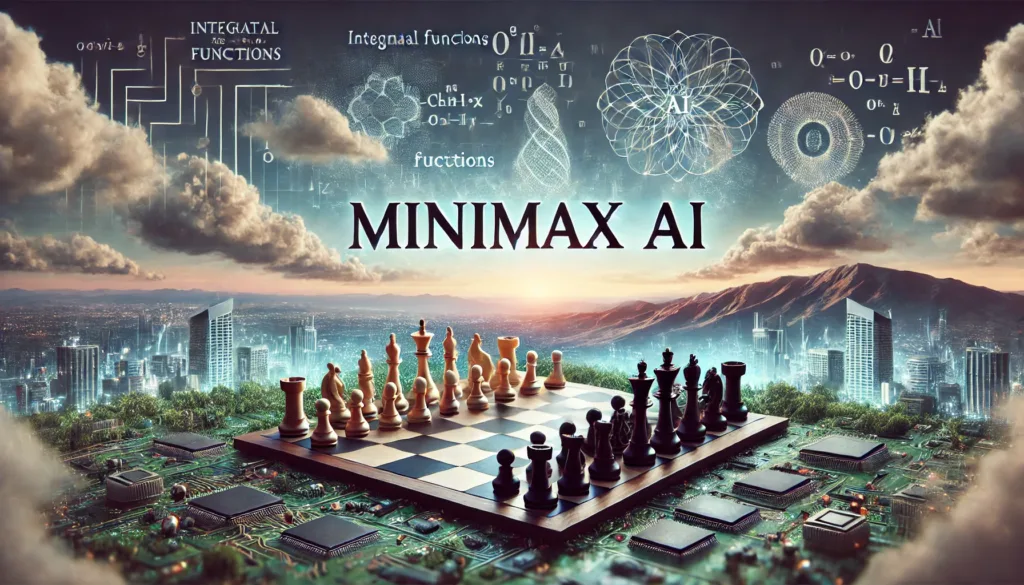Table Of Content
Minimax AI is a decision-making algorithm primarily applied in two-player games in which both players are fully aware of all choices in front of them. Based on such assumptions, in cases of playing chess, tic-tac-toe, or Connect Four, the algorithm Minimax would examine every possible outcome for making the best move. The idea of it is simple: one participant tries to maximize his profit, while his opponent tries to minimize it; hence the name “Minimax.”
This algorithm constructs a so-called game tree, which evaluates every possible game state and then goes back up the tree to choose the best move. Suppose, for example, it is your turn to move, and the algorithm first considers all your possible moves, and then supposes your opponent responds by making her best move. It gives a score to the outcome of each game: +1 if it’s a win, -1 if it’s a loss, and 0 if it’s a draw. The algorithm then selects the move that would produce the best chance of winning for the player, given that the opponent will play perfectly.
Using Minimax in Games
If you used Minimax, then you would construct a game tree, each node representing a possible state of the game. Working backward from the leaf nodes, that is, end-game states, the algorithm picks maximum and then minimum scores on its path up to the root, depending on whose turn it is. It would keep doing that until it reaches the root and then makes the best move.
In practice, this is computationally very expensive, especially in games with a high number of possible moves. That is why, in actual implementations, Minimax is often combined with alpha-beta pruning, which optimizes the amount of work the algorithm does by rejecting branches of the game tree that won’t impact the final decision.
In such simple games like tic-tac-toe, for example, Minimax can enumerate all the moves and select one that guarantees a win or, at worst, a draw. In games more complex than chess, heuristics and depth limits allow quicker decisions by the algorithm
Fun and Unique Applications
Yet minimax is not limited to classic games played on a board: It also reflects decision-making systems in economics or even in autonomous systems, where making the “best” choice plays a real role. For instance, a maze-traversing robot may implement a Minimax-like algorithm for assessing possible pathways around obstacles toward an optimal route.
Another entertaining application could be in a trivia game. Just imagine that, by using Minimax, the opponent AI would predict which questions you would answer correctly and would strategically pick those questions that are most likely to confuse you. The AI is not just randomly selecting questions but trying to minimize its score while maximizing its chance of winning.

Minimax AI provides a clear systematic approach to decision-making in adversarial environments, whether it be to determine the best move in games or to discover the best strategy in negotiation. It is a very simple yet powerful framework for playing optimally. Combining simplicity and strategic depth, Minimax remains an essential core in game AI with more modern techniques.
Here are some educational references where you can learn more about Minimax AI and its applications:
- Stanford University AI Course – Stanford provides open access to their courses on AI, including sections on game theory and algorithms like Minimax. You can explore more in their CS221: Artificial Intelligence course.
- Carnegie Mellon University – CMU offers a detailed introduction to game theory and decision-making algorithms like Minimax in their online materials. Check their AI and game theory section for in-depth resources.
- MIT OpenCourseWare – MIT’s OpenCourseWare also has extensive content related to algorithms, including Minimax. Visit the Introduction to Algorithms course for relevant materials.
These resources provide comprehensive and academically rigorous explanations of the Minimax algorithm and how it’s applied in AI and game theory.

